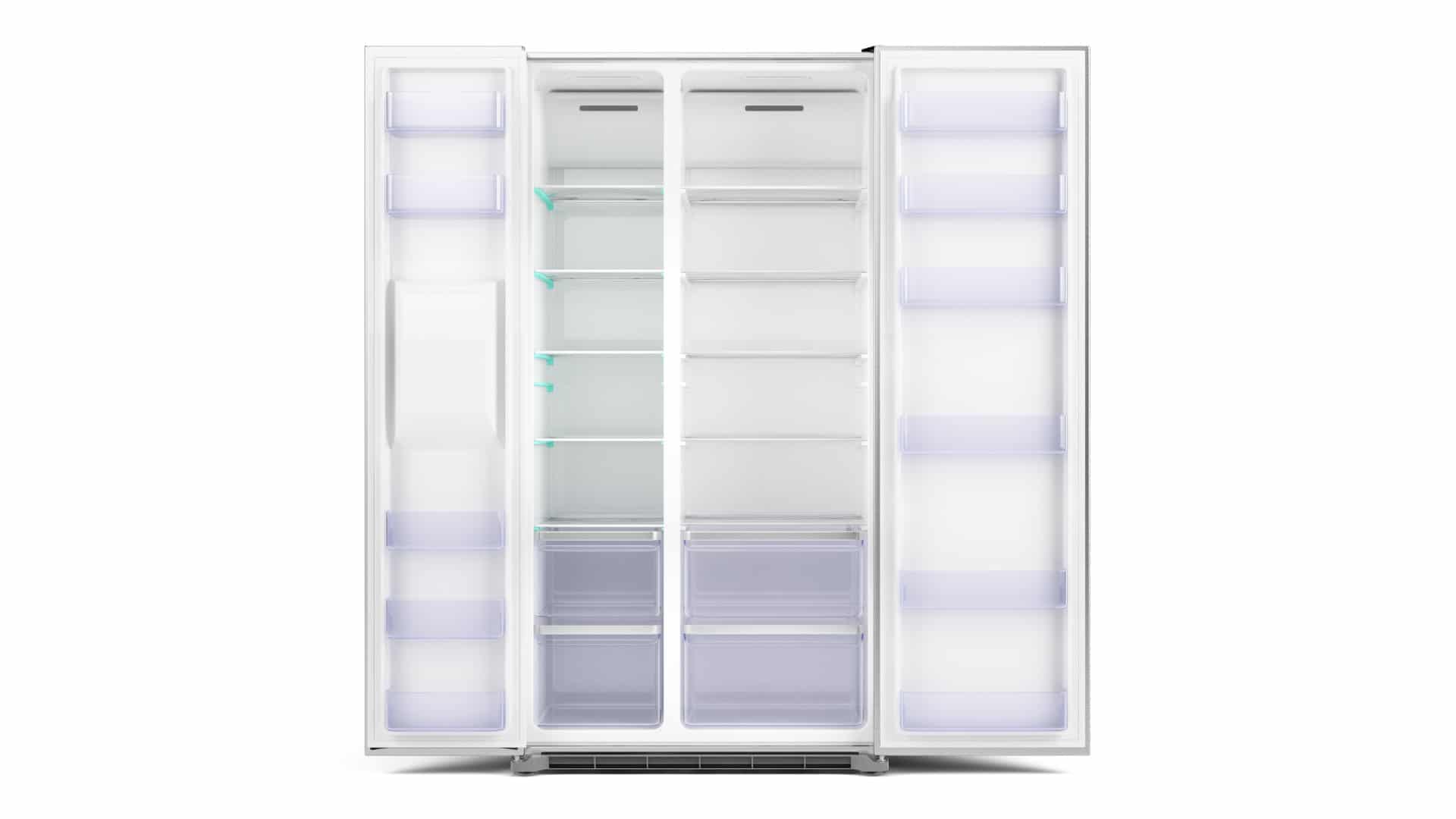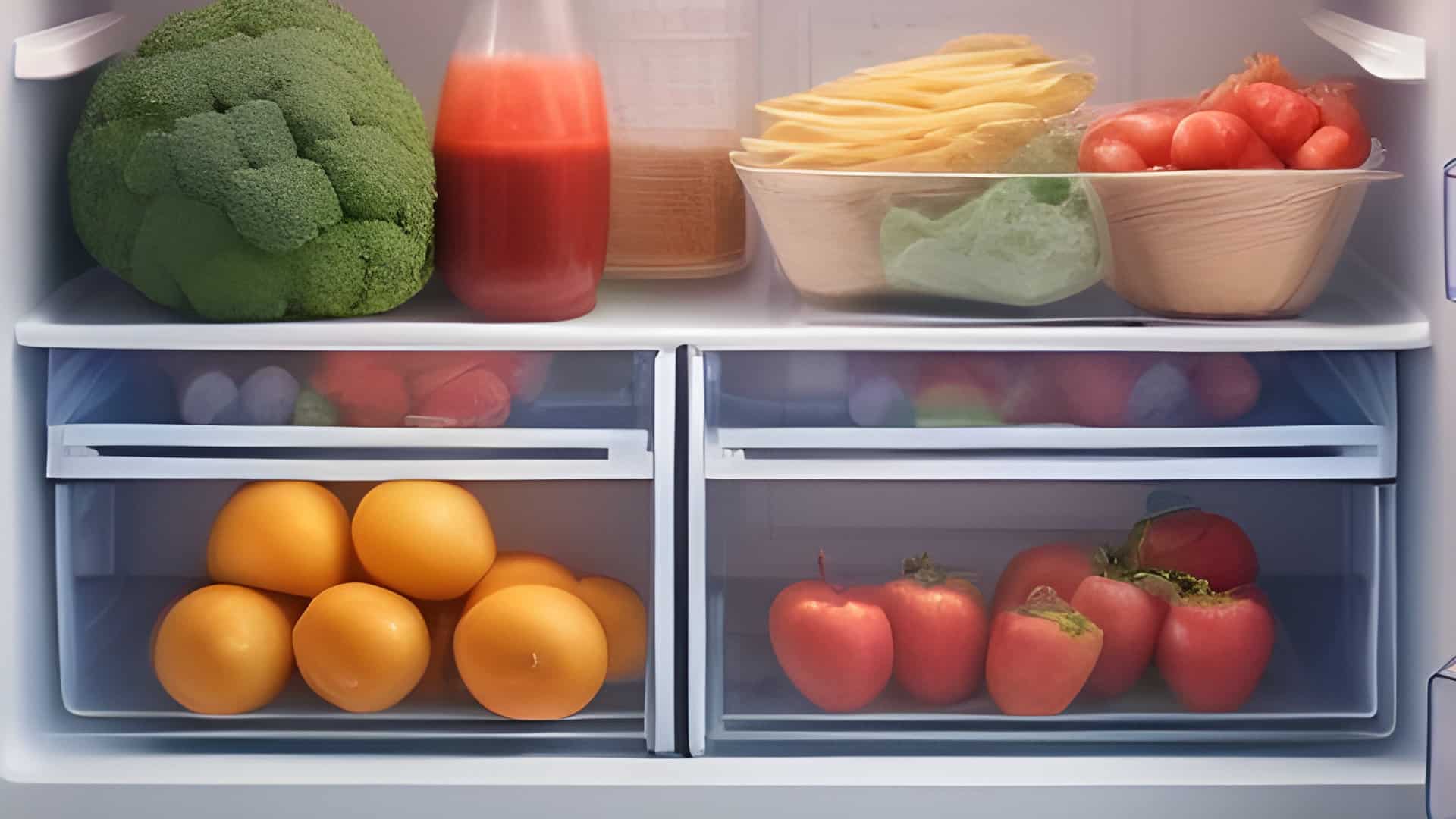
If the ice maker in your Bosch refrigerator has stopped working, it’s highly likely one or more of the components that we discuss in this guide are faulty and will need to be repaired or replaced.
Simply start with the first possible cause and work your way down the guide until you find the cause responsible and fix it.
This guide applies to most Bosch refrigerator models that have ice maker units, including:
B22CS30SNS/01
B22CS30SNS/02
B22CS50SNS/01
B22CS50SNS/02
B22CS50SNS/03
B22CS50SNS/04
B22CS80SNS/01
B22CS80SNS/02
B22CS80SNS/03
B22CS80SNS/04
B26FT70SNS/01
B26FT70SNS/02
B26FT70SNS/04
B36ET71SNS/01
B36IT70NNP/01
KFU5750
KFU5755
KGU6465BS
KGU6651
T18BF70FSE
T24BR70FSE
Check the temperature
The best place to start is to check the temperature of your freezer. If your freezer temperature isn’t low enough, it won’t be able to make ice.
Here’s how to check the temperature, and if necessary, adjust your settings:
- Check the freezer temperature has been set at between 0 and 5-degrees Fahrenheit (if your freezer is above this range it won’t be cold enough to produce ice).
- If your freezer settings are wrong, adjust them and then check over the next few hours if your ice maker starts to work. If not, move on to the next step.
Check the condenser coils
If the freezer temperature has been set properly but your freezer is not cooling down, you’ll need to check if condenser coils at the back of your freezer are dirty or frosted over. If so, give them a good clean or let them defrost before turning your freezer back on and checking if the ice maker is working. If your ice maker still doesn’t work, move on to the next step in this guide.
Check the water filter
The next step is to check the water filter to ensure it isn’t defective. The water filter in your Bosch refrigerator should be changed every 6 months to ensure it works properly. If it stops working, water can stop flowing into your ice maker unit. If you haven’t changed your water filter for a while, replace it and then check if your ice maker starts working. If not, move on to the next step in this guide.
Check the water supply
The next step is to check the water supply pipe. This can easily be done by ensuring the water pipe isn’t crimped, bent, or leaking so that water can run through it. If the pipe is damaged, replace it. If fine, move on to the next step in this guide.
Check the water inlet valve
The next component you’ll have to inspect is the water inlet valve. The water inlet valve is an electronic valve that opens and lets water into the ice maker.
Here’s how to check the water inlet valve:
- Turn the water supply off and locate the water inlet valve.
- The valve will need to be tested with a multimeter to ensure it has continuity and its receiving power.
- If the valve is defective, replace it. Once replaced, check if your ice maker works. If not, move on to the next step in this guide.
- If the valve is fine, another step you can take if you have the correct tools is to check that the water pressure is sufficient—it needs to be at least 20 psi. If you don’t have a water pressure checker, skip this step.
- If the water pressure is not sufficient, the water pressure will need to be improved by a plumber.
Check the icemaker motor
Within your Bosch ice maker unit, there is a small motor that’s there to assist the tray to turn so ice can be deposited into the ice maker container. The motor automatically activates when the ice tray reaches a certain temperature.
Here’s how to inspect the icemaker motor:
- Turn the power off to your Bosch refrigerator.
- Make sure the ejector blades on the ice maker module aren’t obstructed. If so, remove the obstructing debris.
- Locate the motor and test it for continuity with a multimeter.
- If the motor fails the test, replace it. If fine, move on to the next step in this guide.
- If you install a new motor, turn your fridge back on and check if the ice maker works. If not, move on to the next step in this guide.
Check the door switch
Your Bosch refrigerator has a door switch installed in it that is activated when you close the fridge doors. If the switch fails, the control board will think the doors are open and won’t let the ice marker turn on.
Here’s how to check the door switch:
- Turn the power off to your Bosch refrigerator.
- Locate the door switch and test it for continuity with a multimeter.
- If the door switch fails the test, replace it. If fine, move on to the next step in this guide.
- If you install a new door switch, turn your fridge back on and check if the ice maker works. If not, move on to the next step in this guide.
Check the ice tray thermostat
The ice maker unit has an ice tray thermostat that is there to monitor the temperature of the ice tray. When the ice tray heats up enough, the thermostat tells the control board, which tells the icemaker motor to turn on and flip the ice tray. If this thermostat stops working, the other components in your ice maker will also stop working.
Here’s how to check the ice tray thermostat:
- Turn the power off to your Bosch refrigerator.
- Locate the ice tray thermostat and test it with a multimeter for continuity.
- If the thermostat is faulty, replace it. If fine, move on to the next step in this guide.
- If you install a new thermostat, turn your fridge back on and check if the ice maker works. If not, move on to the next step in this guide.
Replace the ice maker unit
If you still haven’t found the cause of your Bosch ice maker not working, your final option is to replace the entire ice maker unit. This can be an expensive repair to make, but if everything else is working in your Bosch refrigerator it properly makes more sense than purchasing a brand-new refrigerator.

How to Fix the nF Error Code on a Samsung Washer

Kenmore Elite Dryer Issues: How To Troubleshoot

Microwave vs. Oven: Pros and Cons and How They Differ

Self-Cleaning Oven Smell: Causes & Odor Reduction Tips

Frigidaire Ice Maker Not Working? 7 Ways to Fix It

Why Is Your LG Refrigerator Not Cooling? (9 Common Reasons)

GE Oven F2 Error: Causes & Solutions

How to Reset the Water Filter Light on a Samsung Refrigerator

Maytag Washer Showing F5 Error Code? Here’s What To Do






